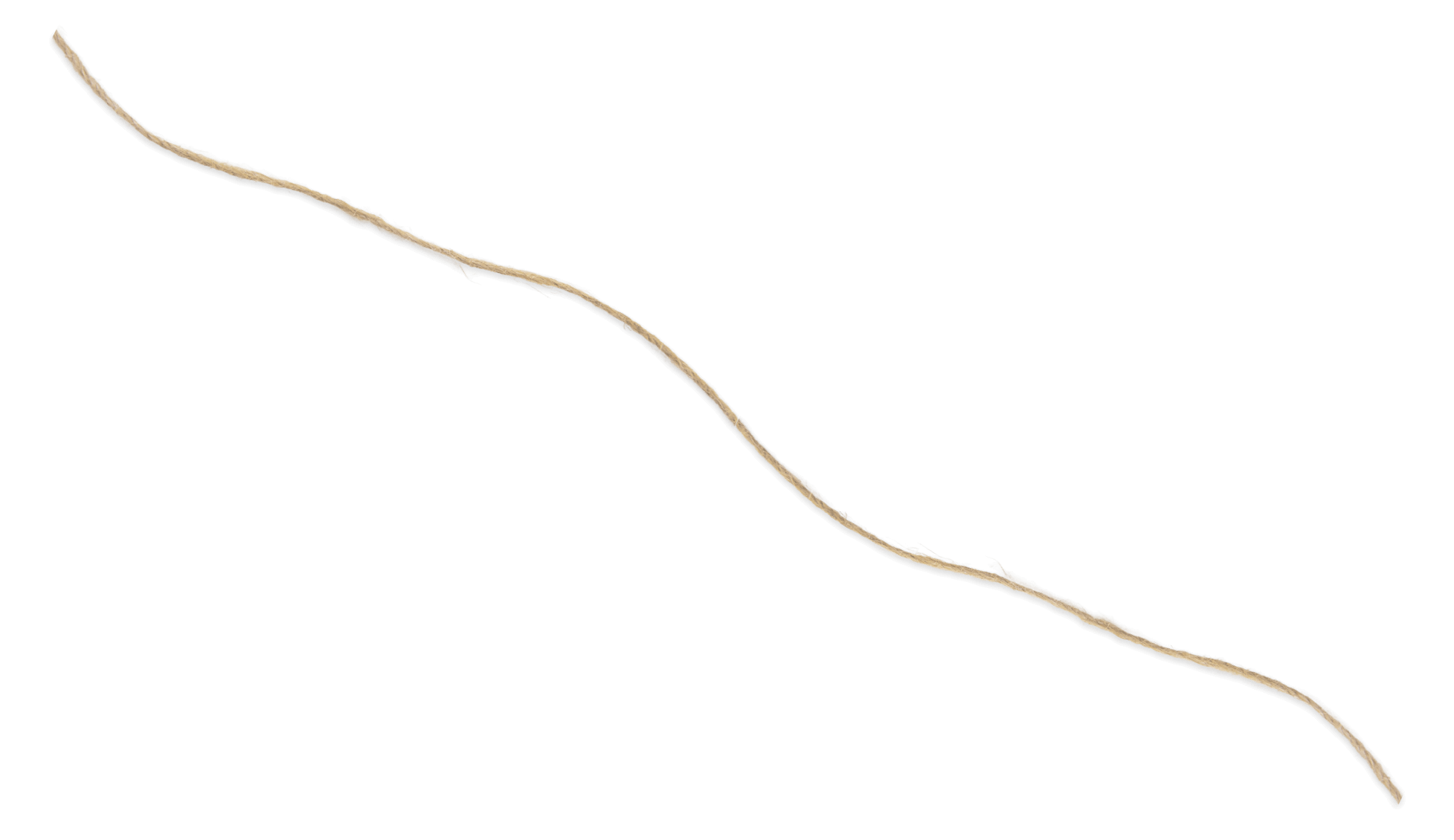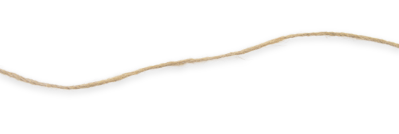The Shroud of Turin defies artistic explanation. No one has been able to duplicate it, for three main reasons.
Reason #1: Image Depth
The image on the Shroud only discolors the very outermost fibers of the linen cloth. It does not penetrate the cell wall of the fibers. In fact, you could scrape off the image with a razor blade. That’s how thin it is!
Here’s another way to look at it. Each linen thread of the cloth is made up of dozens of tiny fibers, yet in the image area, only two to four of these fibers are darkened. That’s less than half the diameter of a human hair.
Reason #2: Light
To duplicate the Shroud, the way it interacts with light would have to be recreated. The image on the Shroud is best seen from a distance. Up close, it nearly disappears. If a light is shined through the fabric from the back, the burn marks, water stains, and blood remain visible, but the image vanishes completely.
So the material used to attempt to recreate the image cannot penetrate or soak into the cloth. The image is only 2 microns thick, less than the thinnest part of a soap bubble’s film.
Reason #3: Technique
Unlike traditional art, the Shroud has no brushstrokes, no defined edges, and no traces of pigment or paint.
Even then and despite modern technology, no one has been able to replicate the properties of the Shroud with paint, dyes, heat, or any known artistic method. The experts of the Shroud of Turin Research Project (STURP) concluded that the image is not the work of an artist.
Takeaway
Can the Shroud be duplicated? So far, scientists and artists have not found any way to create an image like the one on the Shroud.



